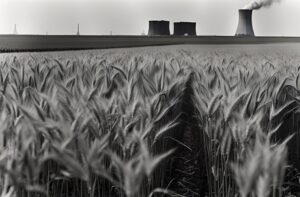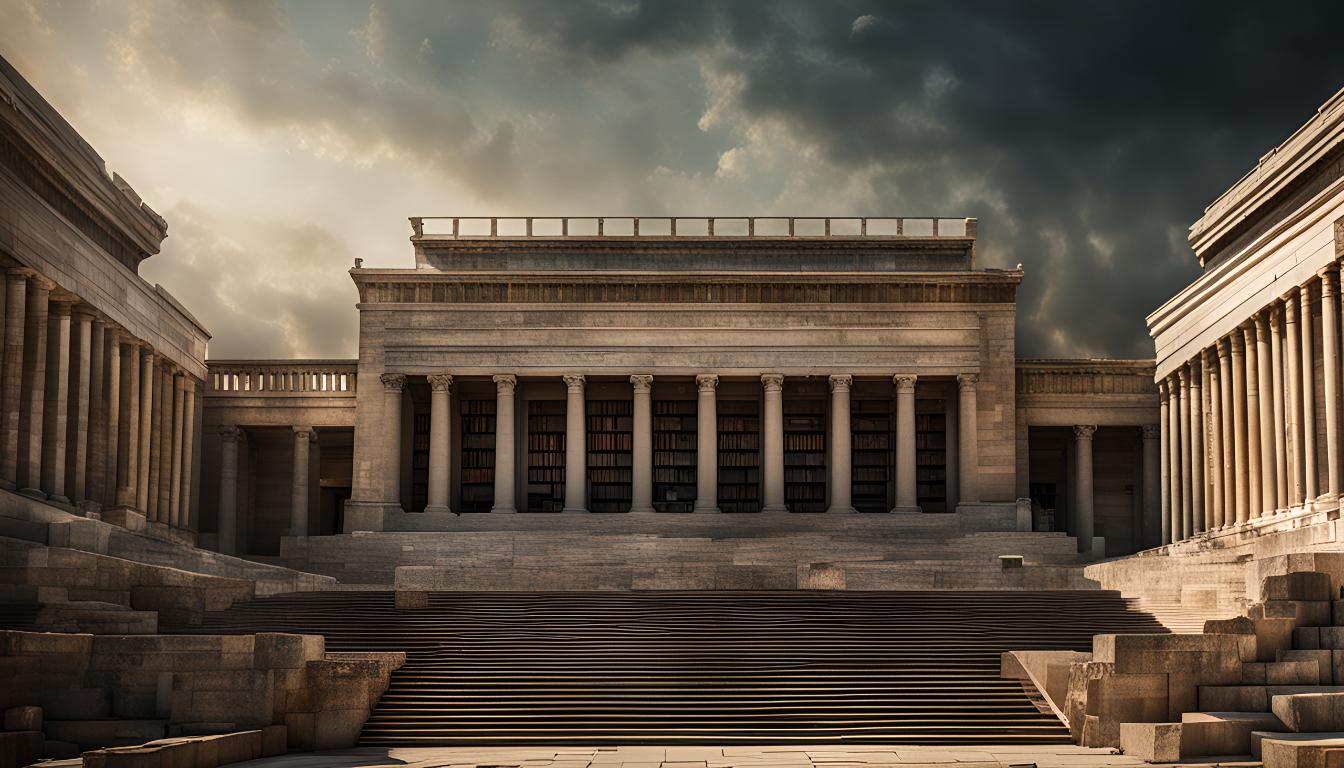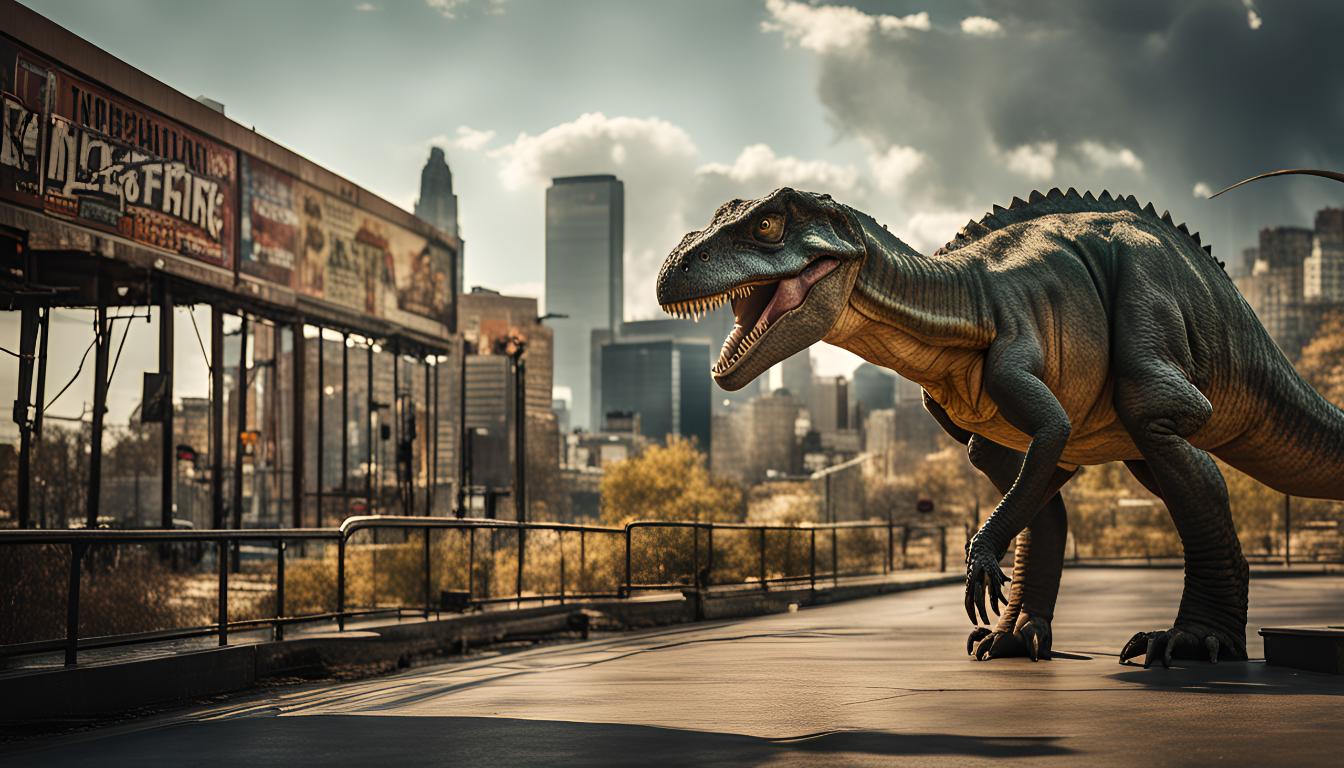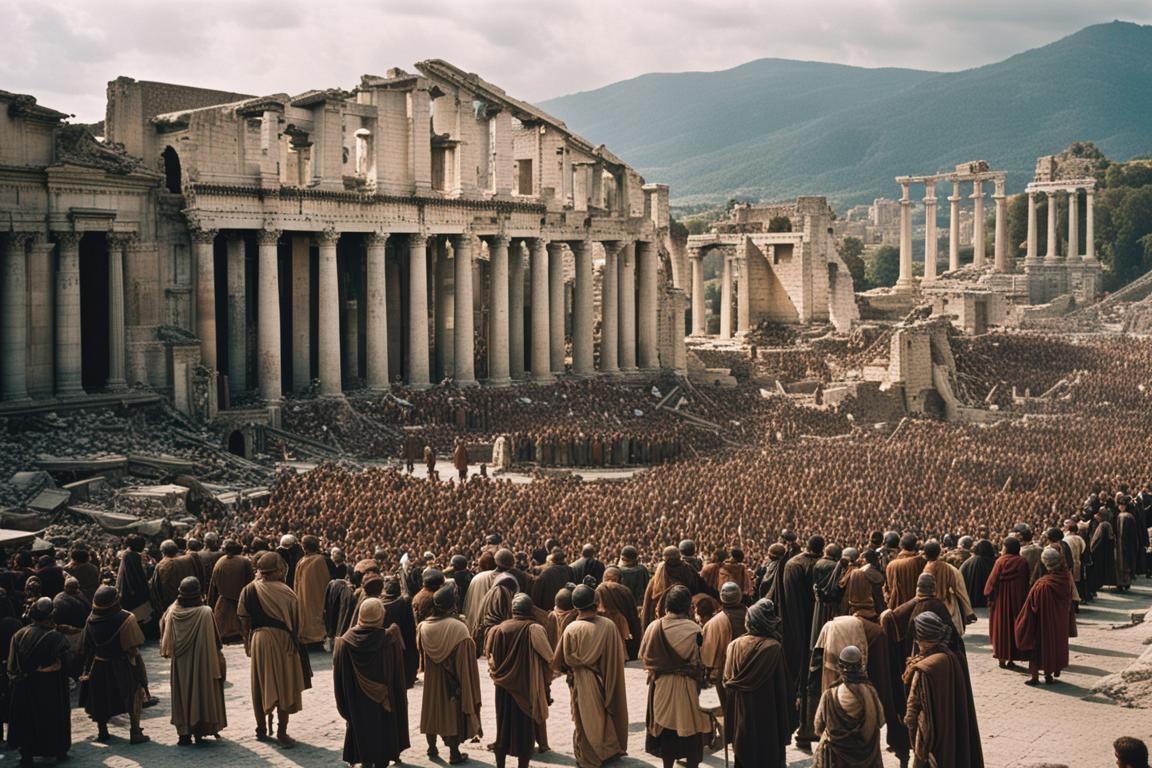
The sky, streaked with an eerie shade of orange, marked the revival of an obliterated civilization. It was a peculiar dawn; the sun’s struggle to penetrate the thick radioactive dust now omnipresent in the earth’s atmosphere was evident. The year was 1988, expected to bring progress and promise but instead, it threw the world into an unthinkable chaos — the brutal climax of Cold War tensions.
It all began with an innocuous misunderstanding, a phenomenon often leading to global crises. A faulty radar in the Soviet Union falsely alerted an all-out nuclear attack from the United States. The protocol demanded a swift and decisive counter strike, a principle of maintaining the fragile balance of power that fostered an uneasy peace. Time was of the essence, leaving room for neither errors nor the verification of the radar’s warning. In a matter of minutes, orders were executed, and nuclear warheads, loaded with the promise of devastation, silently pierced the night sky.

Realizing this aggressive assault, the United States had no choice but to retaliate reciprocally. For hours on end, the global skies ignited with the rage of countless nuclear explosions, acting as gruesome reminders of humanity’s potential for self-destruction. Major cities turned to ashes, entire countries morphed into radioactive deserts. Billions of lives vanished instantly, while the survivors grappled with an uncertain and grim future.
In the wake of this disaster, the world descended into a period referred to as the Long Winter. The nuclear fallout initiated a global cooling effect, eclipsing the sun’s warmth, causing a dramatic drop in temperatures. The failure of crops led to widespread famine, emerging as the new fatal disease. Governments crumbled, helpless in catering to their citizens or maintaining peace amidst chaos. Society receded to an archaic state, with once advanced nations succumbing to anarchy.
Nevertheless, amidst the wreckage, fragments of humanity united, fuelled by an unyielding determination to live. In the expansive ruins of New York City, a group of survivors, led by a former schoolteacher named Maria, found refuge in the remnants of the subway system. Maria’s wisdom and empathy enabled her people to navigate the perilous environment as they scavenged for food and purified water for survival.
Simultaneously, in the bleak Siberian tundra, a Russian scientist named Ivan kept his laboratory functioning, concealed deep within a mountain. Ivan’s groundbreaking project involved bioengineered crops capable of withstanding extreme conditions. His research, with global agriculture in ruins, became vital for humanity’s survival, albeit it was riddled with challenges due to lack of colleagues and resources.
In the Australian Outback, a diverse group of refugees established a new society – the Free State of Terra Nova. Untouched by the devastation, Terra Nova transformed into a melting pot of cultures and ideas. The leaders, drawing from the past errors, envisaged a society rooted in cooperation, sustainability, and mutual respect. Inspired, they constructed their new world with ambitions of peace and unity, a step towards preventing future calamities like the Long Winter.
As the years rolled on, survivors persisted in their struggle. Maria’s group faced continuous threats from scavenger gangs in New York, but their unity fortified their resilience. Enduring severe winters and sizzling summers, they adapted and overcame, motivated by the hope of a recovering world.

In Siberia, Ivan’s tedious research yielded its fruit. After numerous trials and errors, he successfully engineered a resilient strain of wheat capable of thriving even in the most harsh conditions. This timely breakthrough aligned with Terra Nova’s leaders, who were scouting for alliances across the devastated lands to rebuild the world. Ivan’s crop became a beacon of a new agricultural revolution, spreading steadily across the continents.
The world had morphed into a mosaic of isolated communities, each clinging onto life in the Long Winter’s aftermath. However, the seeds of hope prevailed. Survivors slowly began to reconnect, exchanging knowledge and resources. Gradually, the skies started clearing, and the sun’s warmth began healing the earth.
Terra Nova, with its vision of unity, became a symbol of hope, fostering collaboration and growth. The world was different, scarred by devastation, yet signs of resilience and resurgence were evident. As survivors retraced the path of civilization, they learned valuable lessons from the past, nurturing a dream of a unified, peaceful world.




